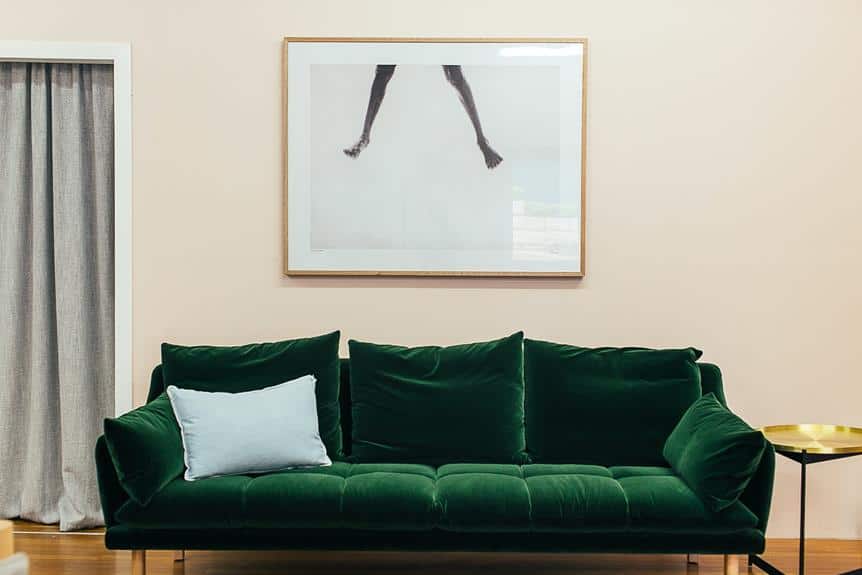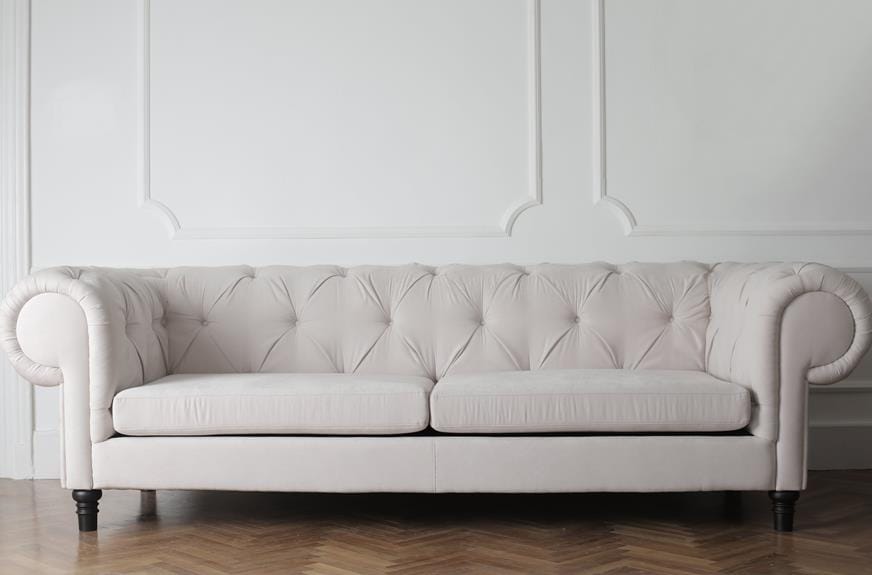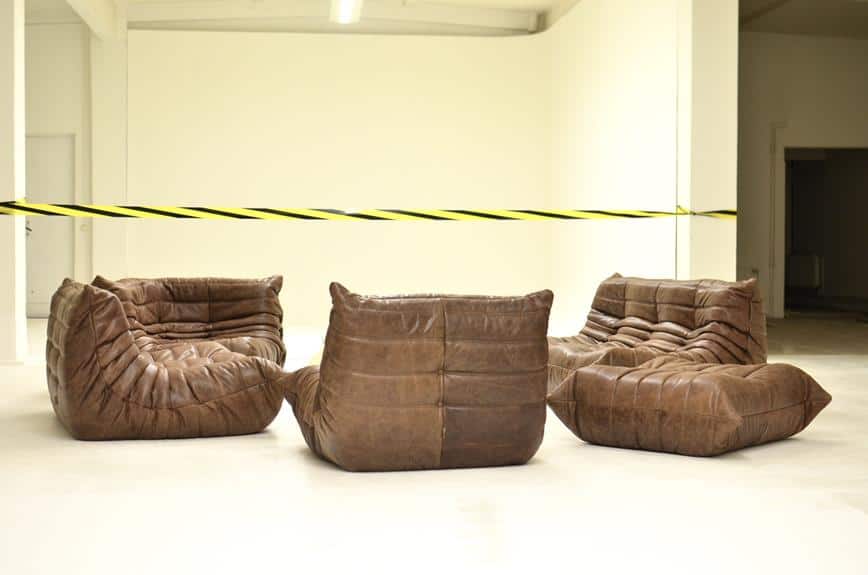End tables are placed next to the ends of sofas or chairs to hold items like lamps and drinks. They serve a practical purpose in providing a surface for these items to be easily accessible.
Side tables, on the other hand, can be found beside seating or elsewhere in a room. They often have more space for decorative items and can be used to display things like vases, books, or sculptures.
The choice between an end table and a side table depends on several factors. The size of the space is one consideration, as end tables are typically smaller and more compact than side tables. The function of the table is also important to consider. If you primarily need a surface to hold drinks and lamps, an end table may be sufficient. However, if you want a table that can accommodate more decorative items, a side table may be a better choice.
Lastly, the table should fit with the overall design of the room. The style, material, and color of the table should complement the other furniture and decor in the space.
Both end tables and side tables are important for a room's functionality and style. They provide a convenient surface for items and can enhance the overall aesthetic of the space.
Defining End Tables
End tables are small tables placed next to seating areas to hold items like lamps, books, and drinks. They are important for both their function and their role in a room's design. End tables are typically positioned at the end of a sofa or beside a chair for easy access to items while seated.
Compared to side tables, which can be found in various locations, end tables are usually larger and located next to seating. They often have a larger surface to balance the look of the room when placed beside a sofa or chairs. Made from materials such as wood, metal, or glass, end tables match the existing furniture and can have a classic or modern look. They are also used to display decorative items, serving both practical and decorative purposes.
End tables are defined by their placement, size, and contribution to both usability and room aesthetics.
Understanding Side Tables
Side tables are not only practical for holding items like drinks or remotes but also enhance a room's decor. These pieces can support decorative objects, adding visual appeal and a personal touch to a space. They provide a large surface for items such as vases, sculptures, photos, or books, which can affect the room's atmosphere.
Besides decoration, side tables help maintain the balance of a room's layout by filling empty spaces without overcrowding. They can connect different design elements, playing a key role in a room's overall look.
The design of the side table itself, whether modern or traditional, can complement or contrast with the room's style, making it a significant piece in interior design.
Size and Proportion Comparisons
Side tables and end tables serve different functions and fit into various spaces based on their size and proportion. End tables are small, usually 12-18 inches wide, fitting well next to sofas or chairs for holding items like drinks or remotes without taking up much space.
Side tables are larger, typically 18-26 inches wide, offering more room for items like lamps and books. They can also be decorative focal points in a room.
The choice between an end table and a side table depends on the room's needs, the desired look, and the functionality required. Size and proportion are key factors in determining the most appropriate table for a space.
Functionality and Use Cases
End tables provide practical storage next to seating areas for items like remotes and drinks. They are better for small spaces due to their size. On the other hand, side tables are more decorative and are placed to enhance room aesthetics with items like vases or lamps. They suit larger areas where they can contribute to the room's style. Depending on the needed surface area and design goals, you can choose an end table for functionality or a side table for decoration.
Ideal Placement Strategies
To choose the best locations for end and side tables, consider the room's layout and its use. Place end tables in small spaces, like between chairs or next to a sofa arm, at a height similar to the sofa or chair for balance and convenience. Side tables can add visual interest in a living room, positioned by a reading chair or in an unused corner. They should not block walkways.
Match the tables with surrounding furniture in size and style, or mix materials for contrast. The table's function is important. If it is to hold a lamp or drinks, ensure it has enough surface space and is made from appropriate materials.
The decision on where to place tables should be informed by the room size, table's importance, and design theme, ensuring the table is both useful and fits well with the room's aesthetics.
Choosing the Right Table
To choose the right table for your space, assess both its function and design. For small rooms, an end table is preferable due to its compact size. In larger spaces, a side table can be a decorative feature and provide more surface area.
The table's functionality is crucial. If you need room for a lamp and storage for items like drinks or books, opt for a larger side table. For minimal storage needs, an end table is sufficient. Measure the space and the furniture height before selecting a table to ensure it fits well and looks integrated.
Aesthetically, you can either match the table to your existing furniture for a uniform look or choose contrasting styles for a more eclectic vibe. The table's style should match the room's decor, whether modern, traditional, or eclectic.
Maintenance and Care Tips
Maintaining end tables and side tables is crucial for their longevity. Choose materials like glass, ceramic, or stone for easy cleaning and durability.
Dust wooden tables regularly with a soft cloth and use suitable wood polish sparingly. Clean metal parts with a damp cloth and avoid harsh chemicals.
Promptly wipe spills to prevent stains and use coasters and placemats to protect surfaces. Vacuum upholstered tables often and apply fabric protectors.
Always follow the manufacturer's maintenance instructions to keep your tables in good condition for long-term use.




